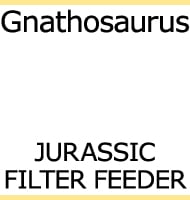Kariridraco
In Depth Kariridraco is a genus of tapejarid pterosaur that lived in South America during the Early Cretaceous. Further reading - A new azhdarchoid pterosaur from the Lower Cretaceous of Brazil and the paleobiogeography of the Tapejaridae. - Acta Palaeontologica Polonica. 66. - Gabriela M. Cerqueira, Mateus A.C. Santos, Maikon F. Marks, Juliana M. Say�o … Read more
